Top 100 Courses in the World: GOLF’s 2020-21 ranking of the best golf courses on the planet

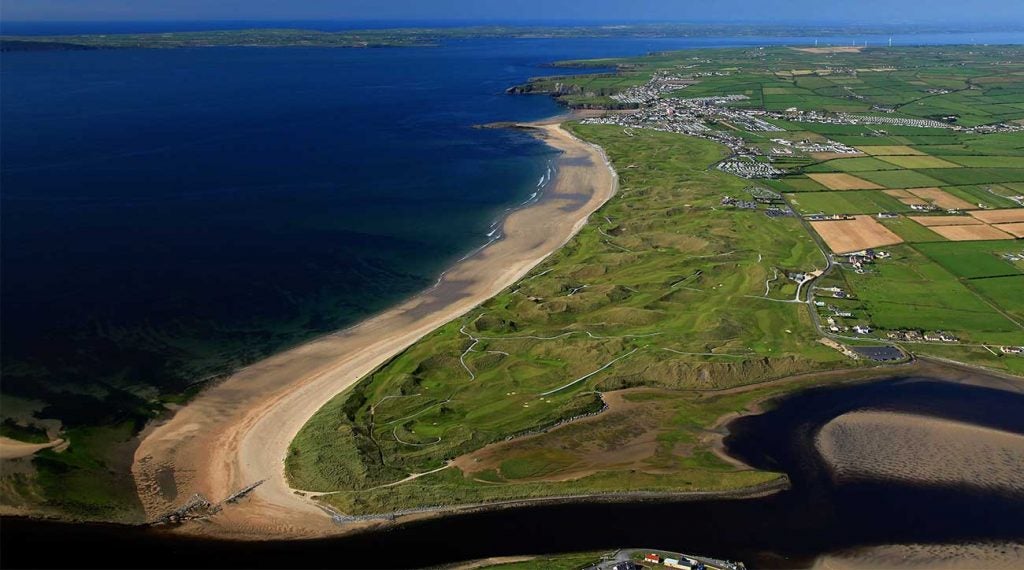
Ballybunion, Ireland P. Murphy, 1893/Tom Simpson, 1936
This Southwest Ireland gem is wedged between huge sandhills and the Atlantic Ocean. “Nothing less than the finest seaside course I have ever seen,” said Hall of Fame writer Herbert Warren Wind. Echoed five-time Open champion Tom Watson, “It is one of the best and most beautiful tests of links golf anywhere.” Greenkeeper John Bambury embarked several years ago to convert the poa greens to fine fescue and to re-establish the running game. His hard work is just now reaching fruition. (Down 4)
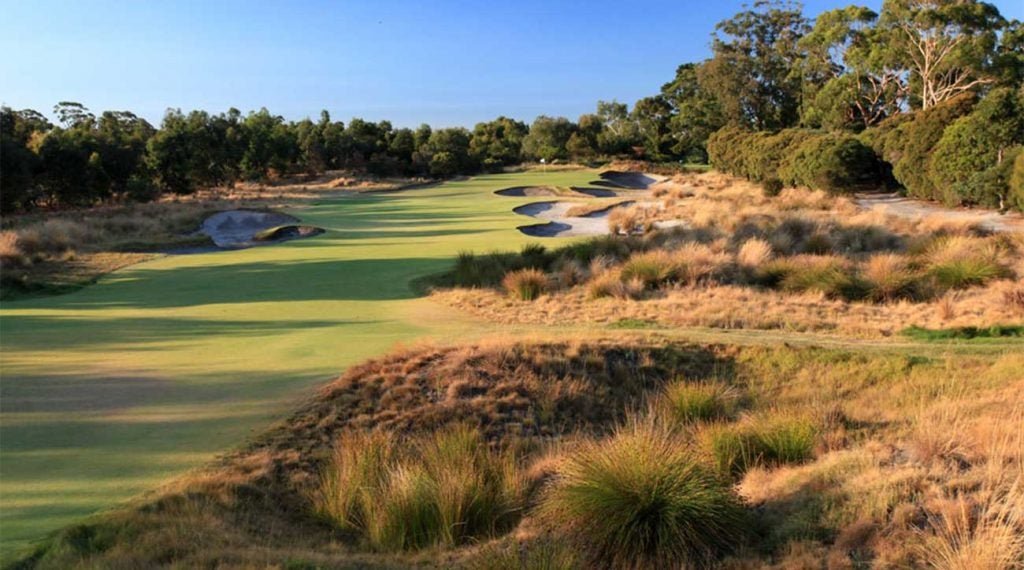
Cheltenham, Australia Des Soutar, 1925/Alister MacKenzie, 1928
“Kingston Heath offers perhaps the best collection of par-3s without water in the world,” Greg Norman says. “The MacKenzie bunkering is phenomenal. Short by modern day technology, it's still visually demanding, visually impressive.” (Down 2)
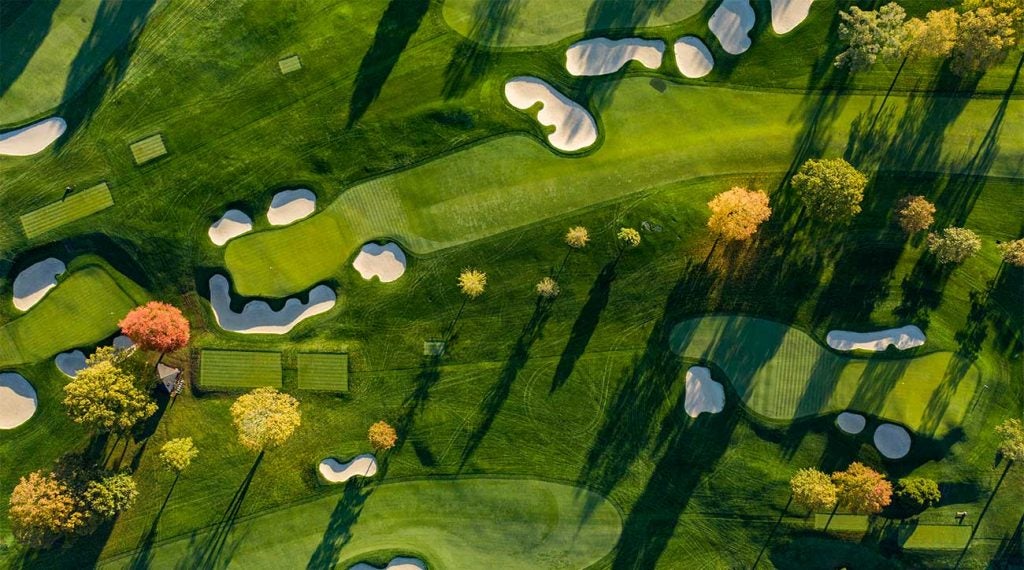
Mamaroneck, NY A.W. Tillinghast, 1923
Frighteningly contoured, pear-shaped greens, cavernous bunkers and a procession of rugged par-4s define the trouble at the 2020 U.S. Open site. On a difficulty scale of 1 to 10, Jack Nicklaus once rated the West course a 12. One of the dozen or so elite sets of greens in world golf let you know just how talented Tillinghast was as an architect. (Up 4)
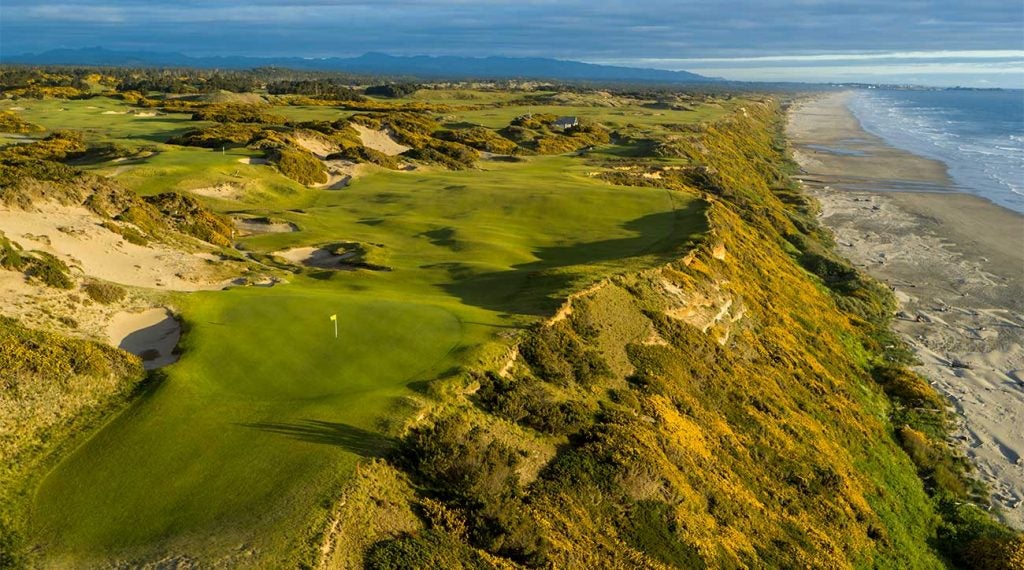
Bandon, OR Tom Doak, 2001
The highest-rated American links, this Doak delight checks in as one of the greatest modern designs. It fits so majestically into its billowing terrain, it looks like it's been there for 100 years. Scattered blow-out bunkers, gigantic natural dunes, smartly contoured greens and Pacific panoramas are headliners. (Up 2)
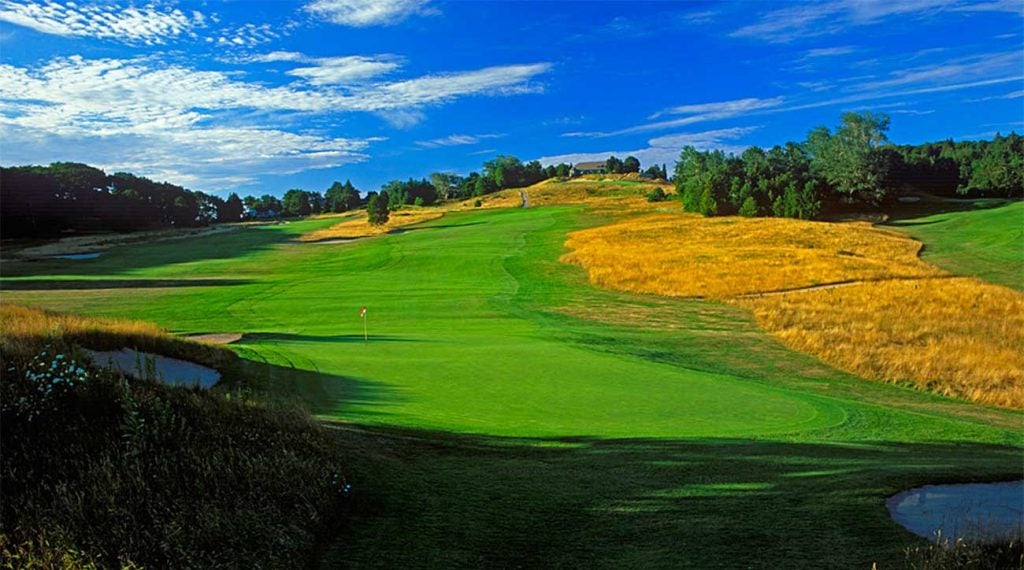
Frankfort, MI Alister MacKenzie/Perry Maxwell 1932
Because of its remote location, Crystal Downs was long been overlooked. The course became better known after Tom Doak introduced it to Ben Crenshaw in the 1980s. Don't be fooled by its diminutive length of 6,518 yards from the tips. A combination of strong breezes, thick fescue roughs, undulating terrain and fiendishly contoured greens provide more challenge than most golfers wish! (Down 1)
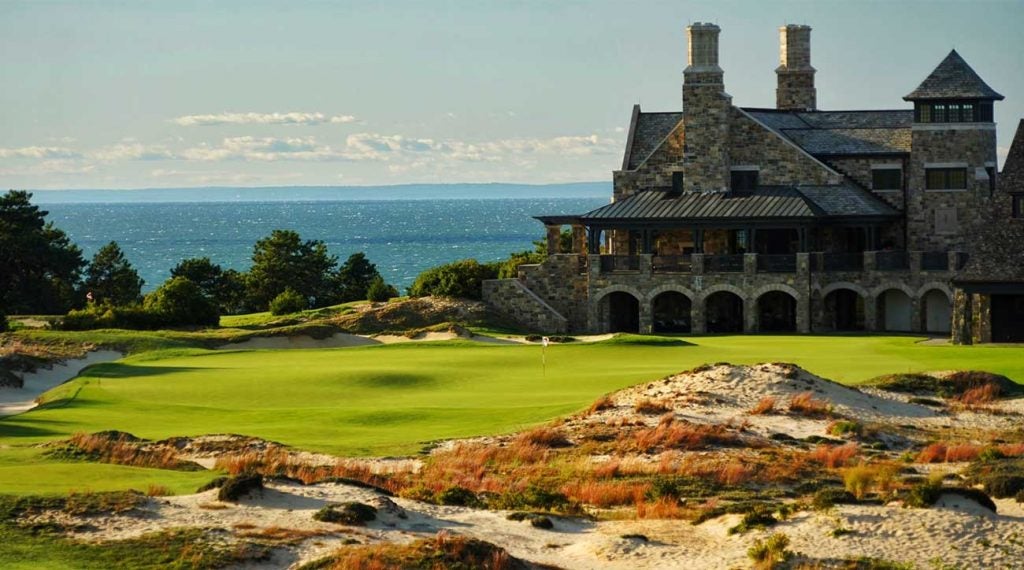
Baiting Hollow, NY Bill Coore/Ben Crenshaw, 2003
Tree-dotted dunes, open meadows and bluff-top views of Long Island Sound highlight play at this understated 2003 Bill Coore-Ben Crenshaw design. The fact that it's Phil Mickelson's favorite modern course is further enticement. Holes such as the par-5 14th call to mind an East Coast version of Cypress Point. (Up 7)

Te Arai, New Zealand Tom Doak, 2015
Tara Iti jumped onto our World list in 2017 as one of our highest debuting courses ever. The four-year-old design is already acknowledged as the Southern Hemisphere's premier links. Its enviable location in the dunes along the Pacific Ocean, along with superior fine-fescue fairways and swirls of natural grass and sand, have some reviewers wishing it could host an Open tomorrow — if only it were 11,000 miles farther northwest. (Up 2)
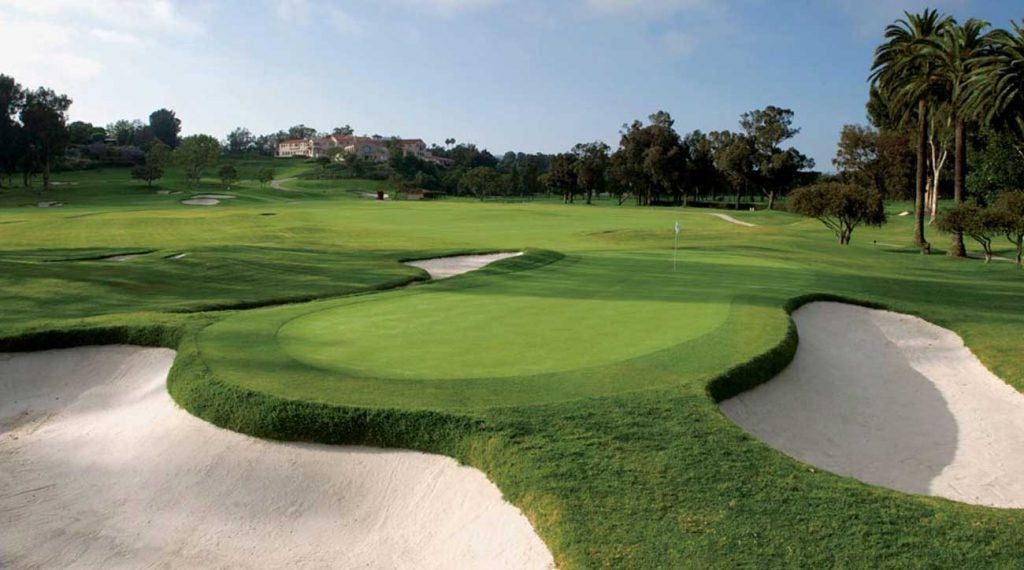
Pacific Palisades, CA George C. Thomas, Jr./Billy Bell Sr., 1926
The value of a good architect is highlighted here in technicolor. Built in a narrow canyon, there was no reason to hold high hopes for this course. Yet what emerged, courtesy of George Thomas and Billy Bell, is one of the game’s strategic design marvels. Together, they took bunker configuration and angled greens to new heights in the 1920s. As proof of their magical skills, look no further than Riv’s 311-yard, par-4 10th. Thanks to the inspired positioning of the bunkers and the green, the options on how to card a big number on this tiny hole are limitless. (Up 4)
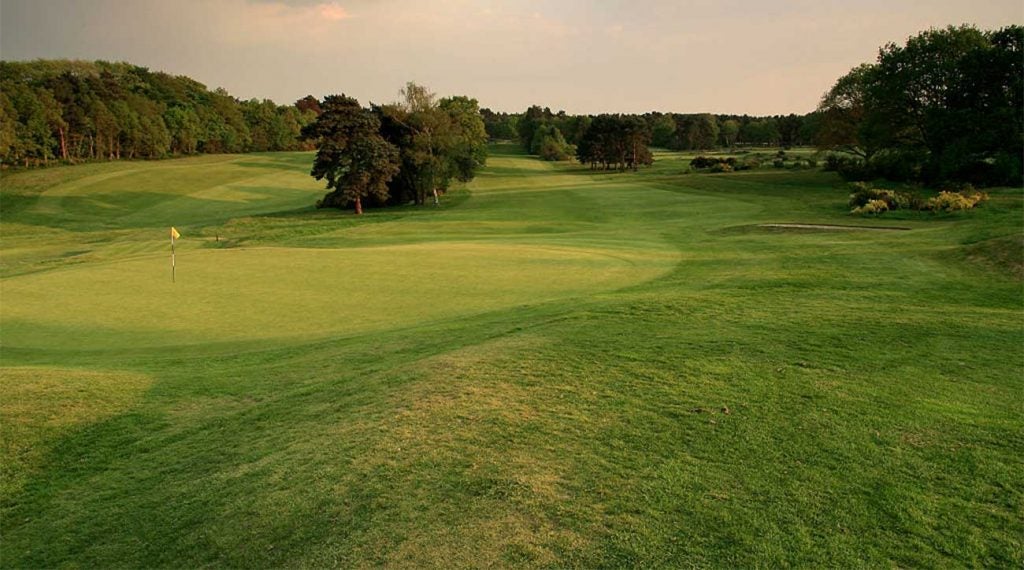
Sunningdale, England Willie Park Jr., 1901/H.S. Colt, 1922
Golf in the United Kingdom started along its coastline on linksland but as the sport became popular, people wanted courses nearer to where they lived. One of the earliest inland courses that established a new standard in design came here at Sunningdale just after the turn of the last century. When you layer on Colt’s improvements (such as moving the 12th green high and to the left), you end up with one of the game’s most noble inland courses. (Up 2)
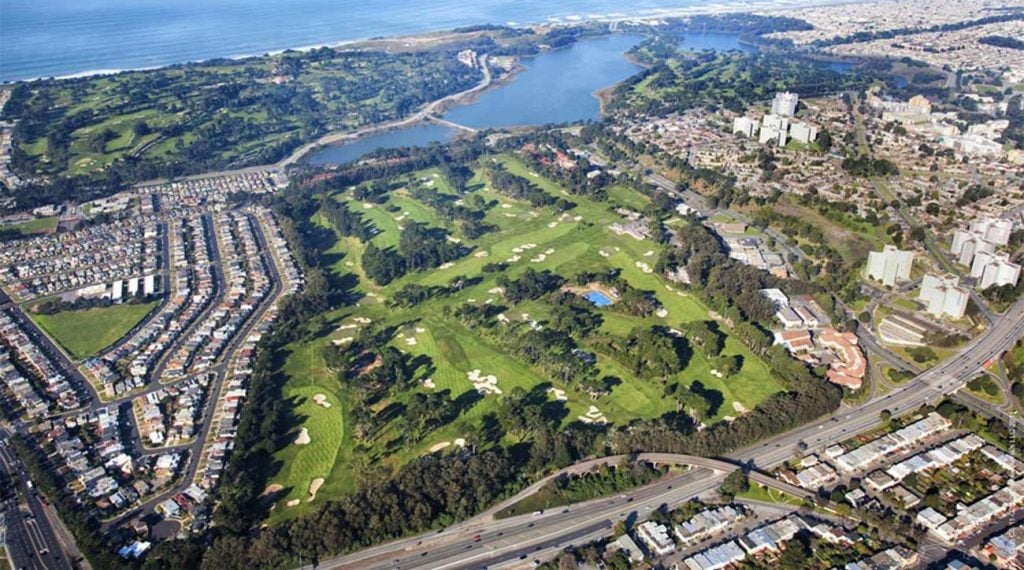
San Francisco, CA A.W. Tillinghast, 1918
A.W. Tillinghast may have crafted his most gorgeous collection of bunkers at this low-key Bay Area hideaway that avoids publicity as steadfastly as its neighbor the Olympic Club embraces it. Known as the Duel Hole, the drop-shot par-3 7th may be the course’s most famous hole but some of its two-shotters, like the 2nd, 10th and 12th, deserve to be equally well known. (Down 5)
